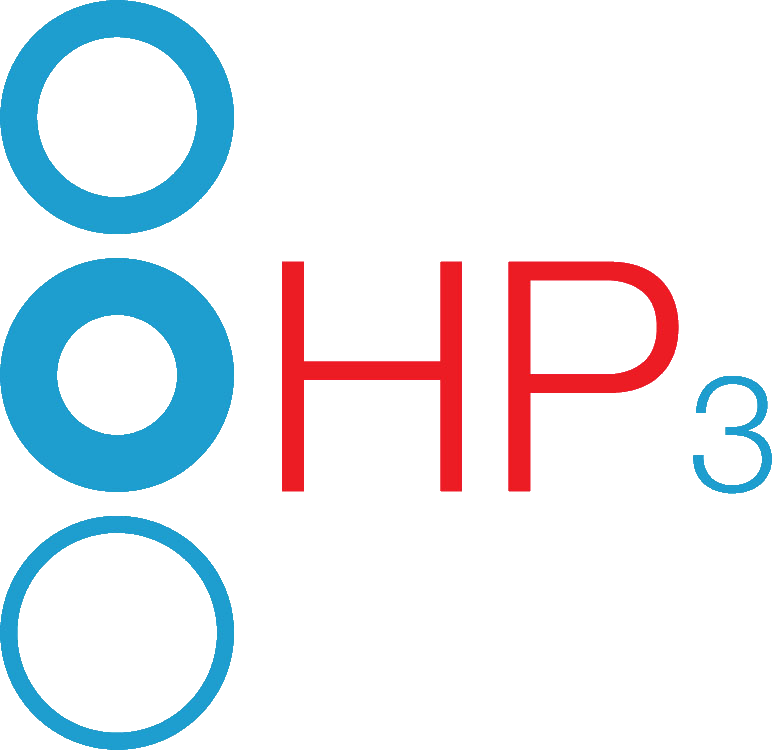The Hawthorne Effect and Heisenberg's Uncertainty: Navigating Observation in Coaching
"Imagine if the mere act of being watched could elevate your performance, or if the focus of your coach's eye could somehow blur other aspects of your training. Dive into the intriguing world where quantum physics meets coaching strategy, and discover how the Hawthorne Effect and Heisenberg's Uncertainty Principle are playing a game of shadows in the realm of athletic performance."
In the nuanced world of coaching, the psychological interplay between observer and athlete is a dance of perception and performance, deeply rooted in the principles of the Hawthorne effect and the Heisenberg Uncertainty Principle. The Hawthorne effect, a term derived from a critical analysis by Landsberger (1958), suggests that individuals modify their behavior in response to their awareness of being observed, a phenomenon that can temporarily enhance performance (Choi, Jung, & Grantcharov, 2019). This effect is akin to the observer effect in quantum physics, where the act of measurement changes the behavior of particles, indicating that a coach's gaze can indeed catalyze an athlete's commitment to their training regimen.
The Heisenberg Uncertainty Principle, introduced by Heisenberg (1927), brings a cautionary note to this observation-driven performance. It states that the precision of measuring one property of a particle, such as position, limits the precision in measuring another, like velocity. When applied to coaching, this principle warns of the intrinsic limits of measuring an athlete's performance in one area without influencing another (Hoelzemann et al., 2023). It's a delicate balance, where focusing too intently on one performance metric may obscure the full picture of an athlete's capabilities.
Observer bias, where a coach's expectations unconsciously influence the athlete's performance, can further complicate this balance. Positive expectations can lead to a self-fulfilling prophecy, enhancing performance through increased confidence and motivation (Rosenthal, 1966). However, such bias can also create undue pressure, leading to anxiety and potentially overlooking areas needing improvement (Monahan & Fisher, 2010).
The interplay between observation and performance is further complicated by the social dynamics inherent in the coaching environment. Coaches are not just observers but also influencers, whose every action or inaction sends a message to their athletes. The knowledge that one is being observed can lead to improved adherence to training protocols, but it can also result in performance that is not truly indicative of an athlete's independent capabilities.
In coaching practice, these principles underscore the importance of a balanced and reflective approach. Coaches must navigate the fine line between observation that motivates and bias that distorts. By fostering an environment where observation is coupled with objective measurement and self-awareness, coaches can mitigate the pitfalls of observer bias, ensuring a more accurate and supportive pathway to athlete development.
Moreover, coaches should be aware of the potential for the Hawthorne effect to wane over time. The initial boost in performance seen when athletes are aware of being observed may diminish as the novelty wears off. This necessitates a coaching approach that is adaptive and varied, to sustain athletes' engagement and performance over the long term.
In conclusion, the interplay between observation and performance in coaching is complex and multifaceted. Coaches, akin to quantum physicists, must be mindful of their influence on the systems they observe. By understanding and applying the lessons from the Hawthorne effect and Heisenberg's principle, coaches can refine their approach, blending the art of motivation with the science of measurement, and navigating the delicate balance between observation, performance, and bias.
References:
Choi, W., Jung, J., & Grantcharov, T. (2019). Impact of Hawthorne effect on healthcare professionals: a systematic review. The American Journal of Surgery, 217(2), 387-396.
Heisenberg, W. (1927). Über den anschaulichen Inhalt der quantentheoretischen Kinematik und Mechanik. Zeitschrift für Physik, 43(3-4), 172-198.
Hoelzemann, A. et al. (2023). A Data-Driven Study on the Hawthorne Effect in Sensor-Based Human Activity Recognition. Journal of Human Sport and Exercise.
Landsberger, H. A. (1958). Hawthorne revisited: Management and the worker, its critics, and developments in human relations in industry. Ithaca, NY: Cornell University.
Rosenthal, R. (1966). Experimenter effects in behavioral research. New York: Appleton-Century-Crofts.
Monahan T, Fisher JA. Benefits of "Observer Effects": Lessons from the Field. Qual Res. 2010 Jun 1;10(3):357-376

